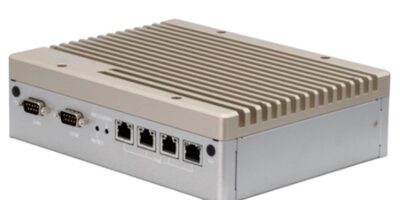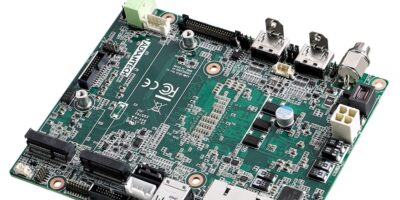Customers of dSpace will have access to the data-driven development of advanced driver assistance systems (ADAS) and autonomous driving (AD) on the Microsoft cloud computing platform Azure, following the announcement that the two companies will work together to offer research and development engineers in the automotive industry an end-to-end solution that is scalable, secure, efficient, and agile.
The development of ADAS/AD functions relies on capturing large volumes of data from the vehicle perception sensors, buses, and networks, and on generating simulated scenarios to analyse the behaviour of the software, individual systems, subsystems as well as complete, integrated systems. The incoming data has to be enriched to a usable format, and it must be easy to distribute to teams working on AI-based development, data replay as well as simulation and validation tasks. This requires a powerful, flexible, and centralised data storage system, as well as a scalable and computational infrastructure with AI- and machine learning (ML) -based tools that can run seamlessly in the same environment.
Supplier to the automotive industry, dSpace offers mature and proven end-to-end solutions for ADAS/AD simulation and validation, including data logging, data enrichment, advanced simulation models, and data management software. Microsoft’s global, open, and scalable cloud platform allows businesses meet security, privacy and compliance requirements while innovation and development continues.
In this way, says dSpace, an integrated end-to-end solution for data-driven development can be achieved, allowing automotive OEMs and suppliers to focus on algorithm development.
“We combine our comprehensive and mature simulation portfolio with the highly scalable computational infrastructure of Microsoft Azure so that our customers can take full advantage of best-in-class solutions of both areas,” says Tino Schulze, executive vice president of Automated Driving & Software Solutions at dSpace.
“Collaborating with Microsoft will enable us to further expand our expertise in the areas of cloud computing and big data. Together, we will tackle the challenges of our automotive customers, supporting them in getting self-driving cars on the road faster,” explained Martin Goetzeler, CEO of dSpace.
dSpace provides solutions for developing connected, autonomous, and electrically powered vehicles. Automotive manufacturers and their suppliers use the company’s end-to-end solution range to test the software and hardware components of their new vehicles long before a new model is allowed on the road. Engineers also rely on dSpace expertise in aerospace and industrial automation. Its portfolio ranges from end-to-end solutions for simulation and validation to engineering and consulting services as well as training and support.
The company is headquartered in Paderborn, Germany and has three project centres in Germany. Customers are served through regional companies in the USA, the UK, France, Japan, China, and Croatia.







